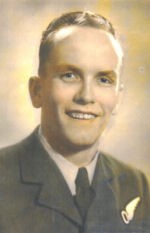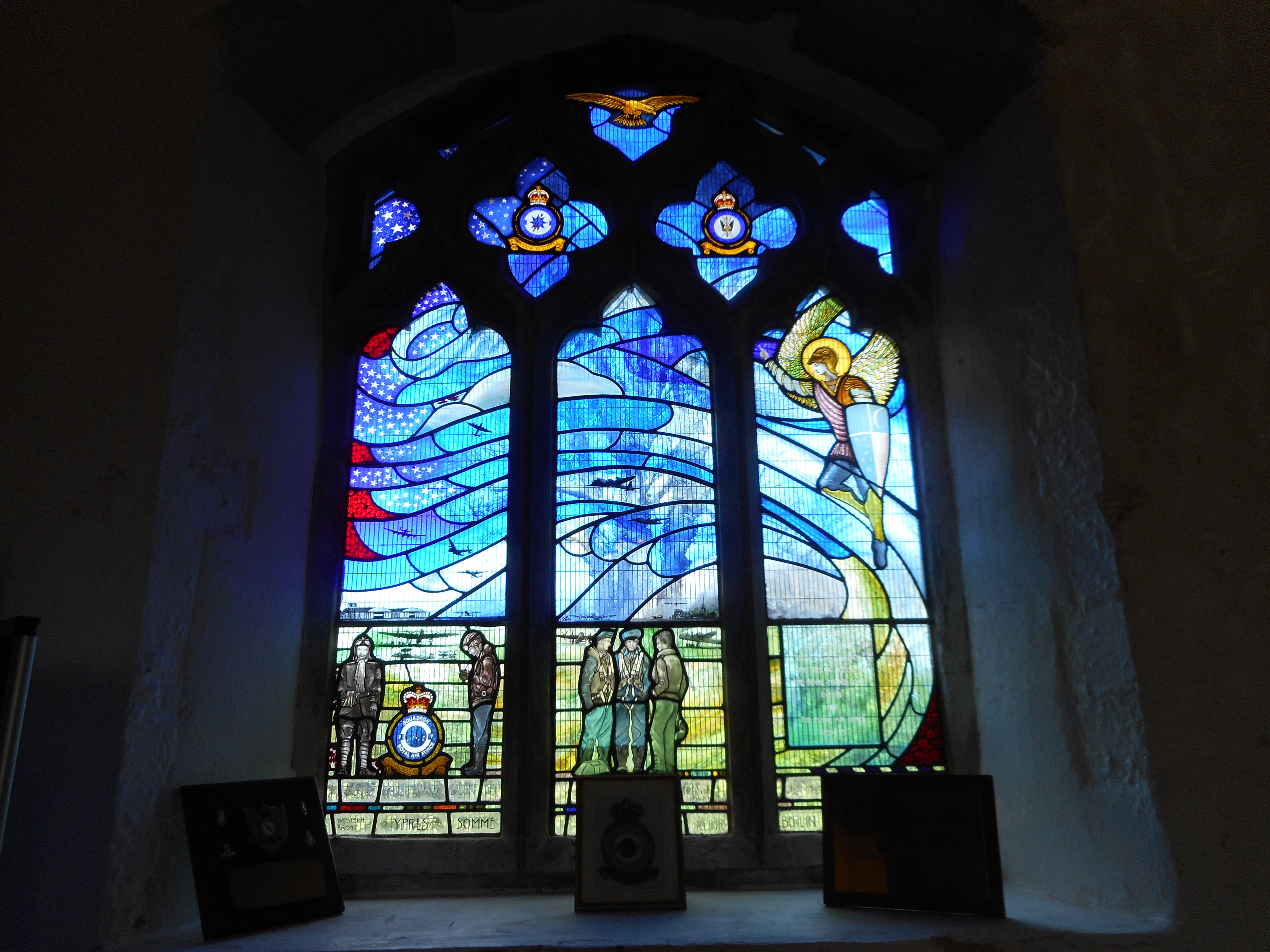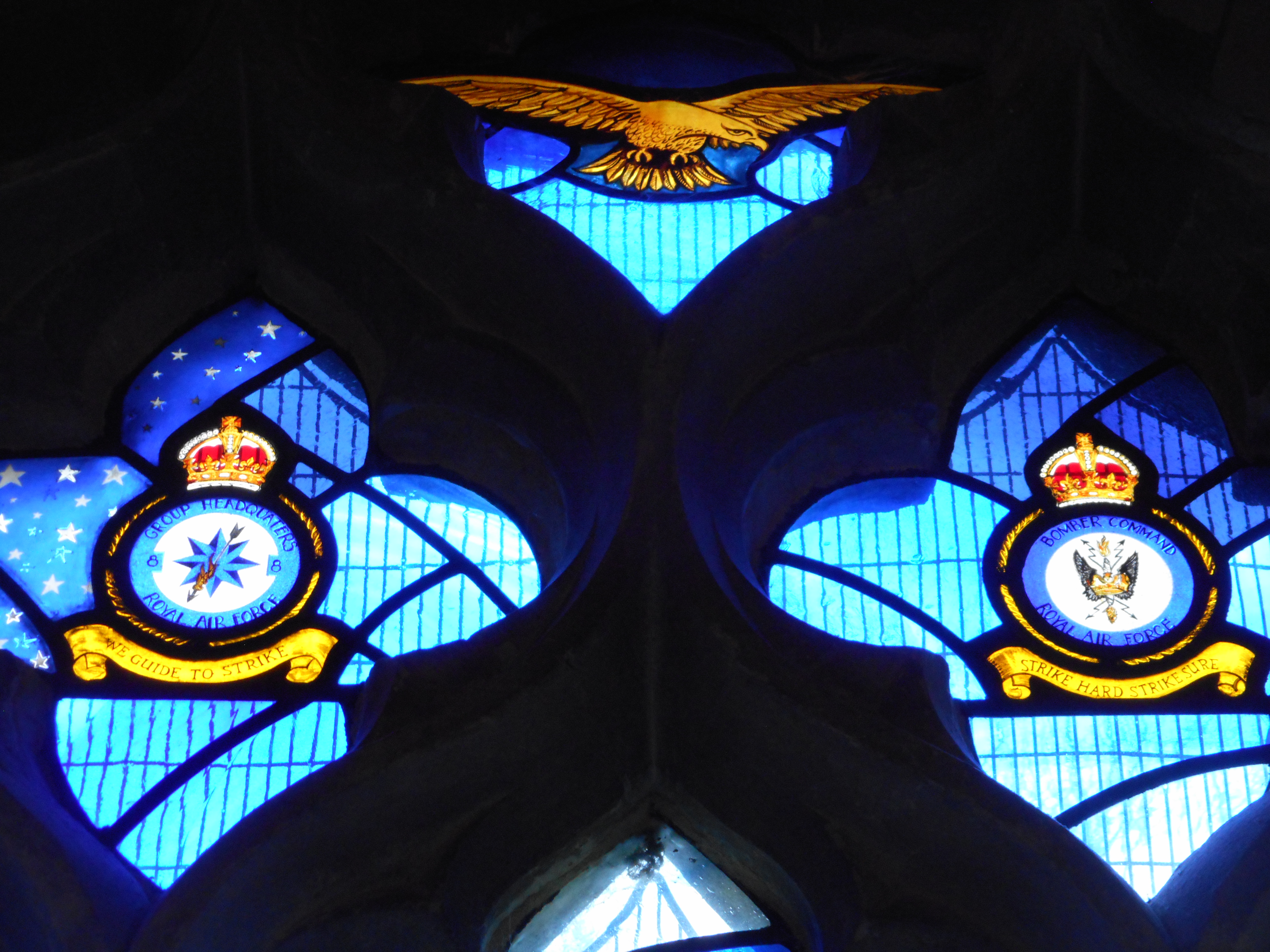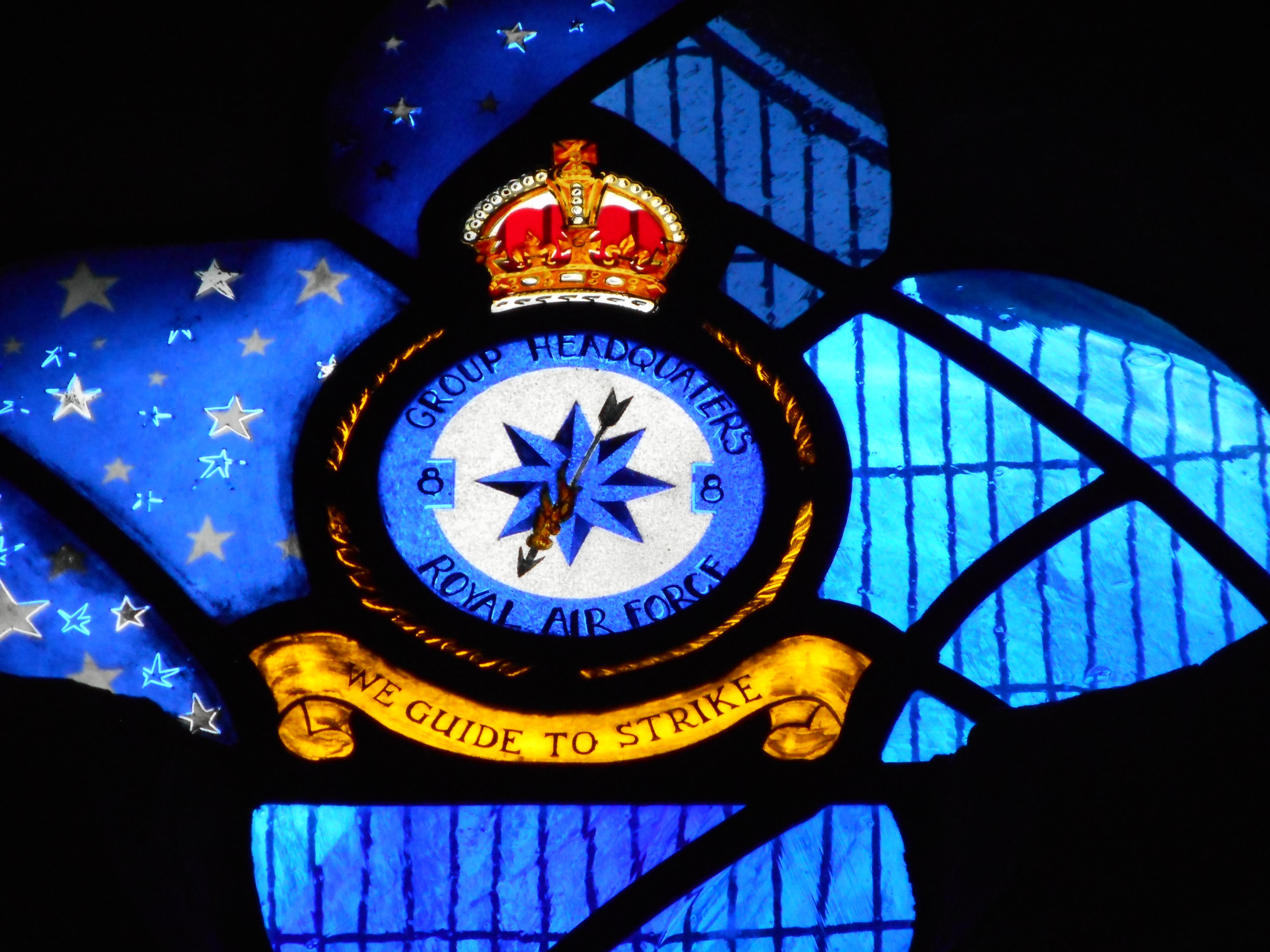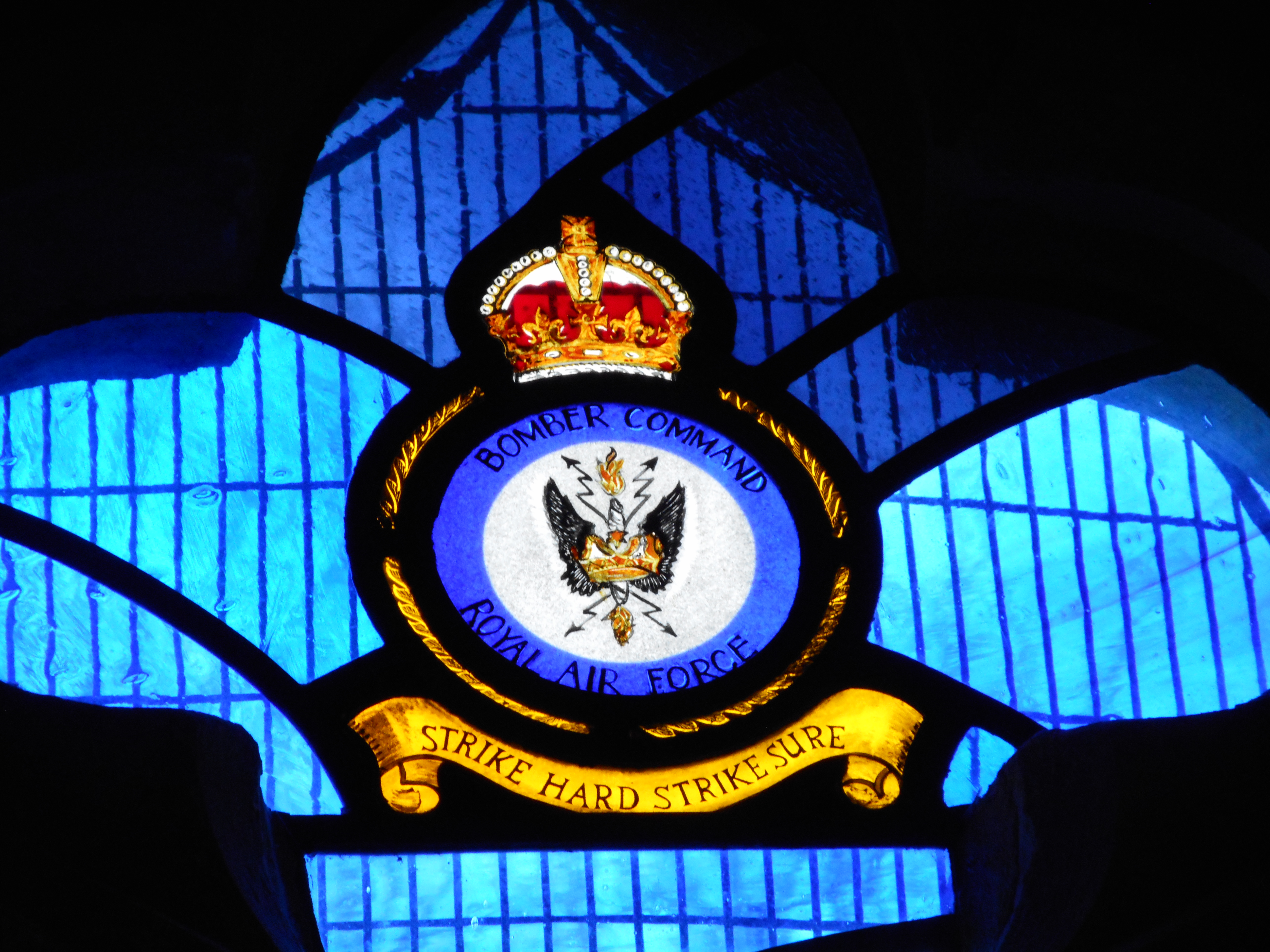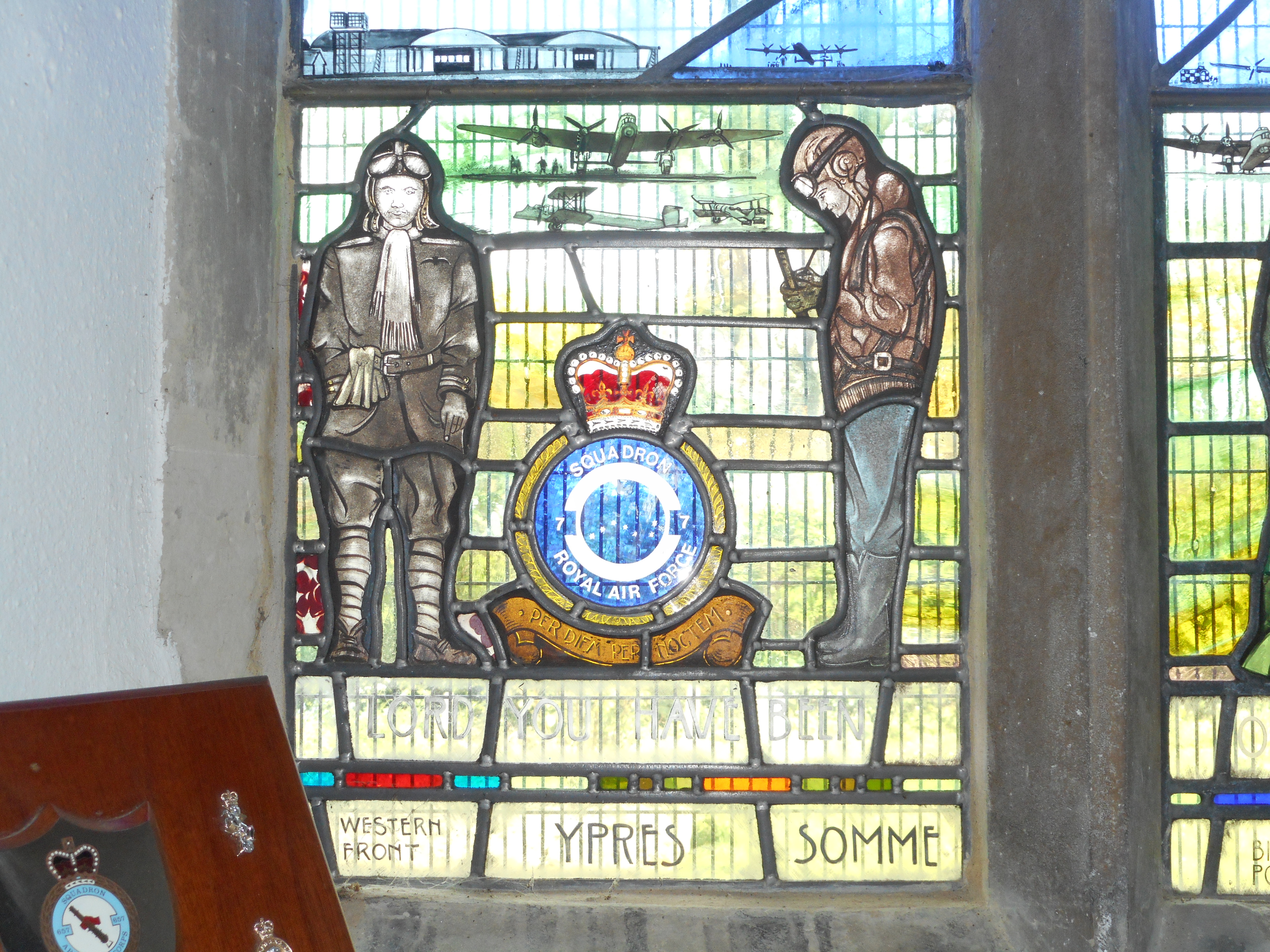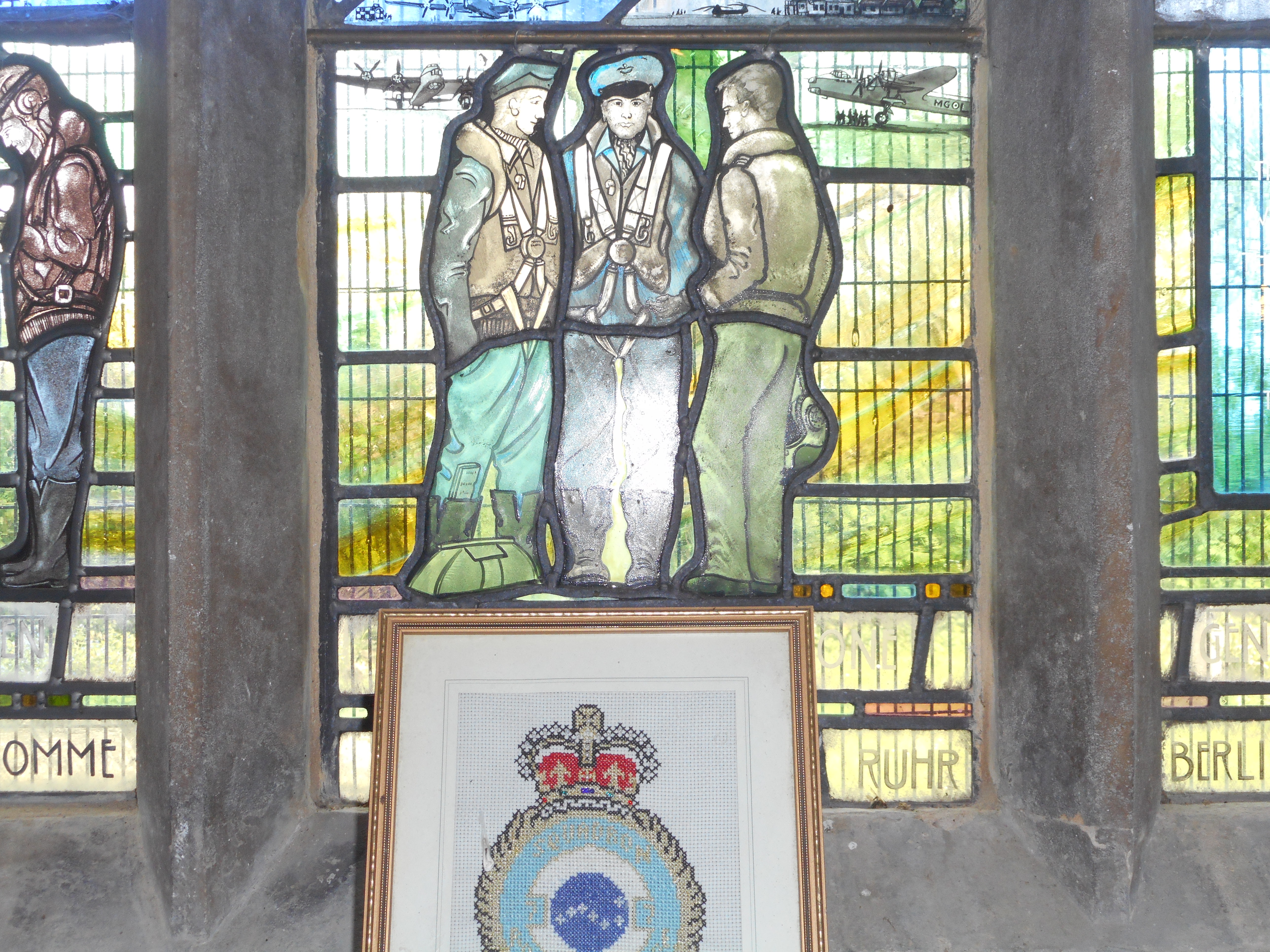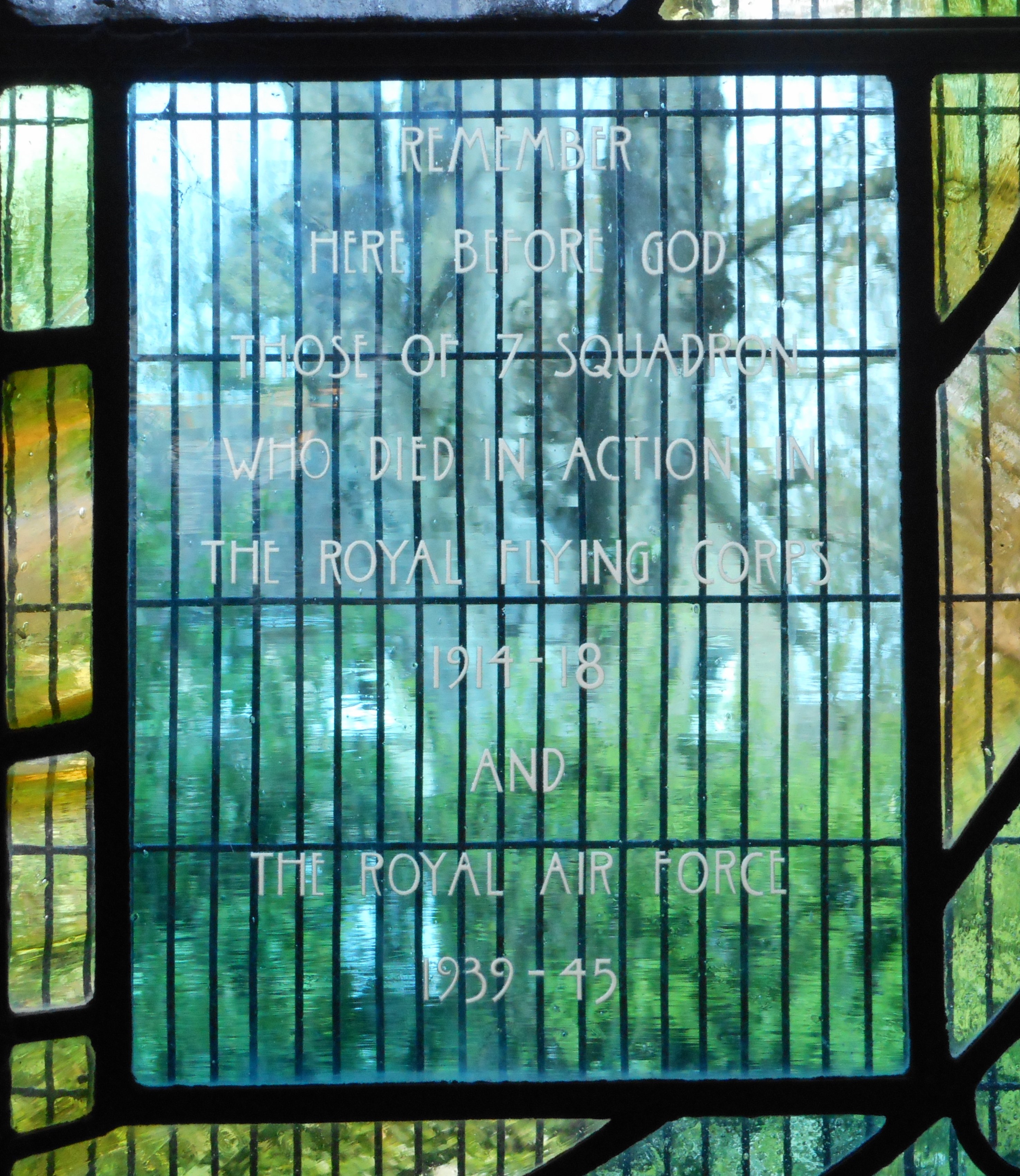Aalborg, Karl Inge
Personal Information
| Rank | F/L |
| Forename(s) | Karl Inge |
| Surname | Aalborg |
| Gender | M |
| Age | 27 |
| Date of Death | 13-09-1944 |
| Next of Kin | Son of Erik Aalborg, and of Ragnhild Aalborg (née Oyen). |
Aircraft Information
| Aircraft | Avro Lancaster III |
| Serial Number | NE126 |
| Markings | MG-R |
Memorial Information
| Burial/Memorial Country | Germany |
| Burial/Memorial Place | Rheinberg War Cemetery |
| Grave Reference | 9. D. 14. |
| Epitaph | AT REST |
IBCC Memorial Information
| Phase | 2 |
| Panel Number | 121 |
Enlistment Information
| Service Number | J/24013 |
| Service | Royal Canadian Air Force |
| Group | 8 |
| Squadron | 7 |
| Squadron Motto | Per diem per noctem (By day and by night) |
| Trade | Air Bomber |
| Country of Origin | Canada |
Other Memorials
| Location | Hilton House Hotel, Hilton, Derbyshire |
| Country | United Kingdom |
| Memorial Type | Blue Plaque on external wall |
| Memorial Text | Air Commodore Herbert Martin Massey CBE DSO MC 1898-1976 Senior British Officer at Stalag Luft III Sagan who authorised 'The Great Escape' was born here. Hilton and Marston History Group |
| Location | All Saints Church, Longstanton, Cambridgeshire |
| Country | United Kingdom |
| Memorial Type | Stained Glass Window and Roll of Honour Book |
| Memorial Text | Remember here before God those of 7 Squadron who died in action in The Royal Flying Corps 1914-18 and The Royal Air Force 1939-45 |
Miscellaneous Information
| Karl was born in Lloyminster, Saskatchewan on 9 July 1917. He had a brother Anders and another brother and a sister who both died in infancy. His parents were both born in Norway where father, Eric was a farm worker. He went to school in McLaughlin, Atlanta 1937- 1938 and in Edmonton 1938-1942. He attended Public School in Oxville, Atlanta and then he took both Junior and Senior Matriculation in Garneau High, Edmonton. He worked at Cloverdale Knitting Mills in Edmonton between October 1938 and April 1940, as a knitting machine mechanic and then for J I Case Co. as an Inside Shipper and accountant, between April 1940 and May 1942. Between ,1932 and 1934 he worked at home on the farm. His father died in 1942. |
| Karl enlisted on 13 May 1942 and after initial training embarked for the U.K. on 27 May 1943 .he passed through 3 PRC, 3 (0) AFU, 82 OTU, , 1651 and was eventually posted to 199 Squadron in January 1944. |
| Karl enjoyed various activities including Baseball, skating, bowling and tumbling and hunting. |
Commonwealth War Graves Commission
The National Archives
| Record of Events (Operational Record Book) AIR 27/101/18 |
| Summary of Events (Operational Record Book) AIR 27/101/17 |
Fellow Servicemen
Please note that this list gives all the losses aboard the quoted aircraft and occasionally these may have occurred on an earlier date when the aircraft was not itself lost. Please check the dates of death carefully.
Last Operation Information
| Start Date | 12-09-1944 |
| End Date | 13-09-1944 |
| Takeoff Station | Oakington |
| Day/Night Raid | Night (18% moon) |
| Operation | Frankfurt. 387 aircraft. The last major raid of the war on this target. 17 Lancasters lost (4.5%). Serious destruction of the western parts of the city where many industrial buildings were located. Some of the fires burned for three days, due in part to many of the city's firemen being away in Darmstadt due to the raid the previous night. |
| Reason for Loss | Crashed at Damscheid, WSW of Oberwesel, Germany |
